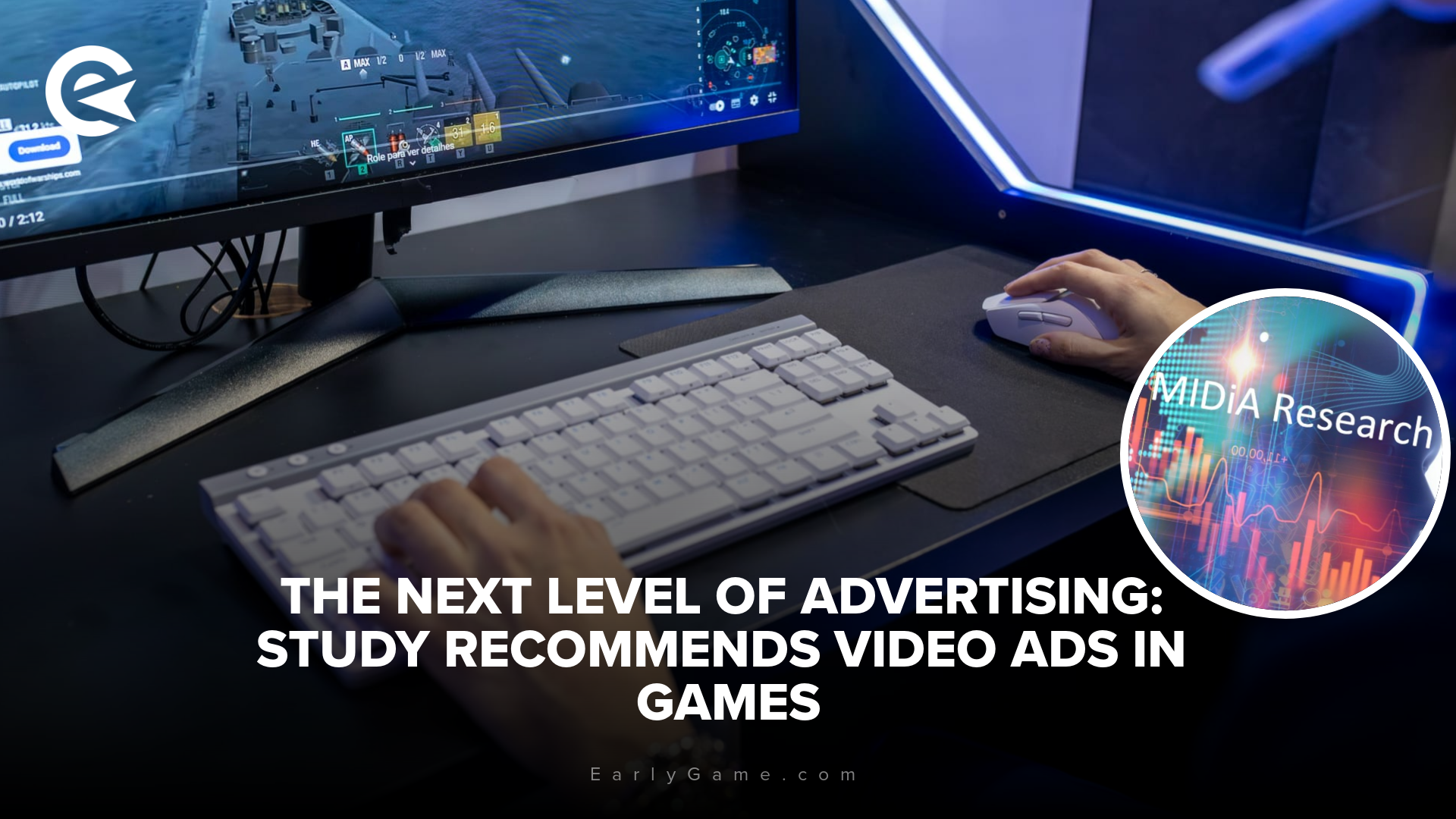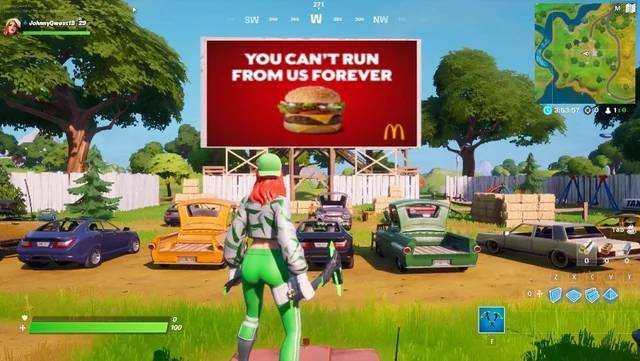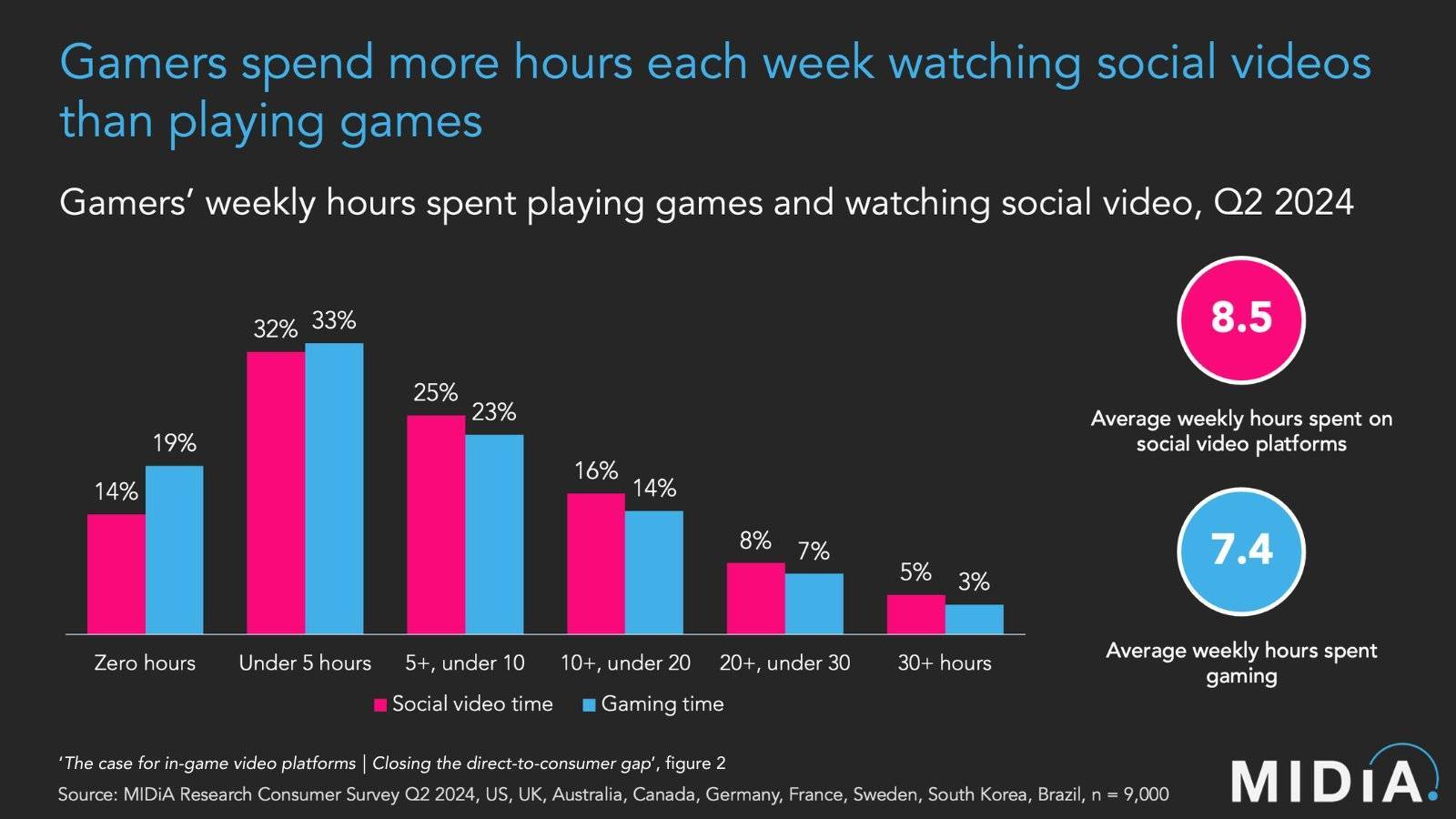New research from Midia Research shows that gamers are increasingly consuming social media content from games rather than playing them. As a result, the study recommends new advertising and video integration in games, which most users will not like.

In a study recently published by Midia Research, the consumption behavior of gamers regarding games and videos is analyzed.
The findings suggest that game developers should place greater emphasis on innovative ways to integrate advertising into their games in the future.
A key factor here is the growing consumption of game content in video format, indicating opportunities for implementing this type of content directly within video games.
The basics
In-game advertising is a well-established method for monetizing video games.
A fundamental distinction exists between dynamic and static advertising.
Notable examples of clear advertising integration can be seen in FIFA and NBA 2K, which utilize dynamic advertising banners and authentic brand placements.
Dynamic advertising content also plays a significant role in Fortnite. Brand collaborations with Balenciaga, Marvel, and Travis Scott, often in the form of skins and events, have become the norm.

Another key aspect is the distribution of video game content on platforms like Twitch and YouTube.
Publishers have long used these video platforms to promote their games. In return, Twitch and YouTube benefit from advertising revenue and payments from developers.
The study now advises publishers and developers to make this form of advertising more efficient.
Advertisements in games?
The study suggests that game developers create their own video platforms within their games to recapture engagement and revenue currently siphoned off by platforms like Twitch or YouTube.
The study focuses on three key areas:
- Gamers’ video content viewing behaviour by age bracket (Q2 2024)
- Viewers’ weekly time spent playing games and watching social videos (Q2 2024)
- Game viewers’ monthly spending on in-game purchases, compared to the average gamer (Q2 2024)
To determine the extent to which players engage with content related to the games they play, gamers from the USA, UK, Australia, Canada, Germany, Sweden, South Korea, and Brazil were surveyed.

According to the survey, respondents spent an average of 7.4 hours actively playing games and 8.5 hours consuming video, audio, or written content related to those games.
More than 24% of respondents who regularly make in-game purchases indicated that they also consume more content about the corresponding games. Conversely, they reported making more in-game purchases when consuming more related content
"It is time for game publishers to see creators as more than marketing.
The userbases of the largest game publishers and distributors are sizable enough to create their own game content platforms alongside Twitch and YouTube."
The core idea is to distance themselves from popular video platforms like Twitch and YouTube to generate greater reach for their own content and gain more control over it.
Proprietary video content should be integrated into games or hosted on developers’ own platforms whenever possible, to reach a broader audience and secure more lucrative advertising deals with third-party partners.
While it may be sensible to incorporate more video content directly into games and potentially monetize it, a complete departure from established platforms is unlikely.
Own platforms for exclusive video content are unlikely to outperform existing competitors or generate significant profits.
Our report can help you on your journey to reclaim engagement and revenue from third party platforms.
— MIDiA Research (@midiaresearch) December 2, 2024
Download your free copy of the highlights here! https://t.co/J97nGSzRcQ pic.twitter.com/Uli3uf1n6o
Therefore, the recommendation is to broaden reach by producing additional video content to attract more players.
Ultimately, players who engage with such videos are more likely to make in-game purchases, as the findings suggest.
This strategy would allow the video game industry to directly benefit from the content it produces.
What do you think about the study? Would you confirm its findings? Let us know in the comments!




























